Nestled quietly atop a hill overlooking the tranquil flow of the Vamsadhara River, Salihundam stands as a timeless whisper from India’s Buddhist past. This peaceful archaeological site in the Srikakulam district of Andhra Pradesh is more than just a destination, it’s a journey through centuries of faith, philosophy, and art.
For history enthusiasts, culture seekers, or anyone looking for a meditative escape, Exploring Salihundam offers a chance to connect with the serene simplicity of Buddhism while soaking in nature’s harmony. Let’s wander through this hill of relics and rediscover a chapter that shaped the spiritual map of southern India.
A Glimpse into Salihundam’s History
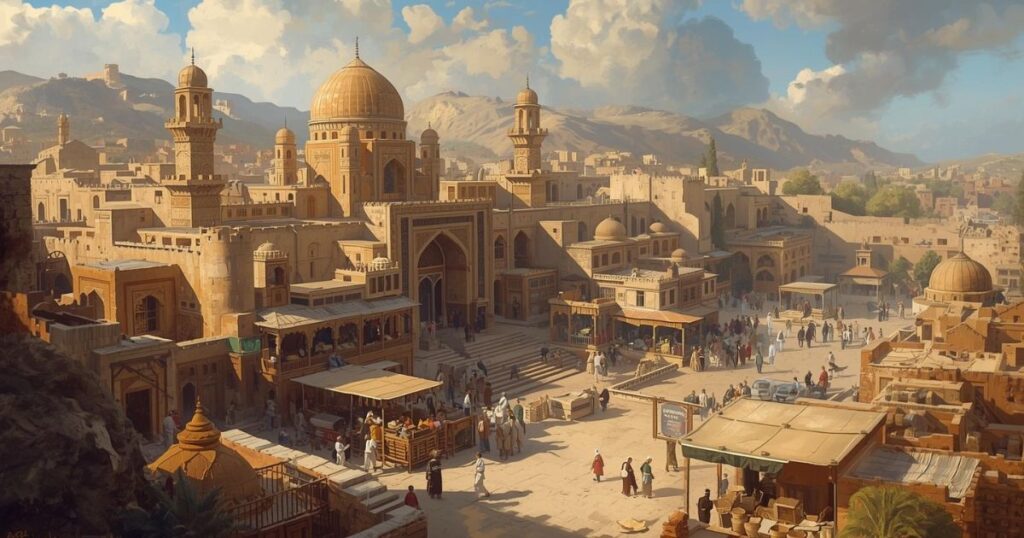
History here doesn’t just lie beneath the soil it breathes through every sculpture and stupa that adorns this sacred hill. Salihundam dates back to around the 2nd century CE, during the flourishing era of early Buddhism in the Deccan region.
Archaeological excavations have unearthed four stupas, a Mahachaitya (great stupa), and several votive stupas that once enshrined sacred relics of monks and scholars. Inscriptions in Brahmi script, along with remnants of Prakrit and Sanskrit texts, provide glimpses into a thriving Buddhist settlement that once attracted disciples from across the Indian subcontinent.
What makes Exploring Salihundam so special is its ability to tell stories through silence. As you wander through the site, each carved stone seems to echo chants of compassion and enlightenment that once filled these monastic corridors.
A Blend of Heritage and Nature
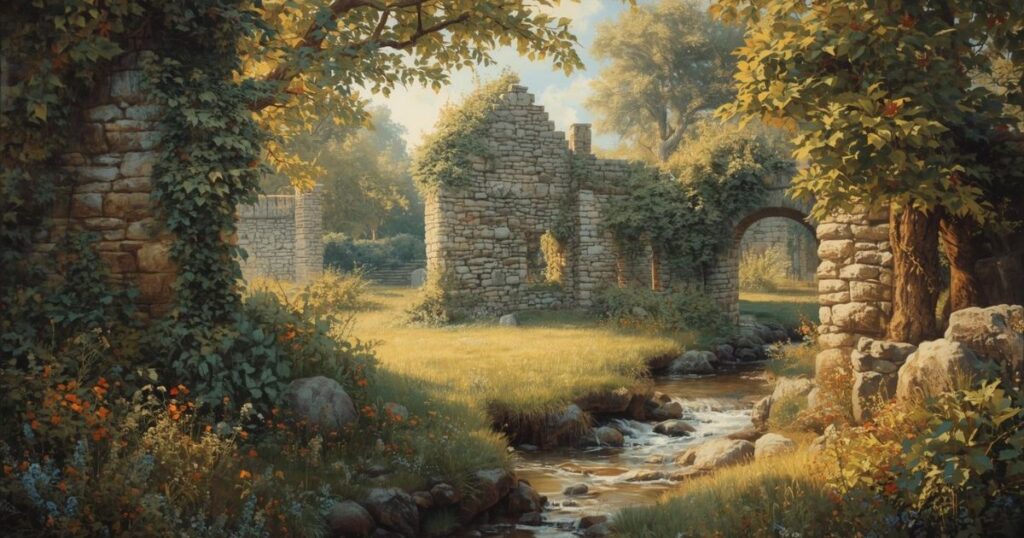
Few places in India balance serenity and history as gracefully as Salihundam. The hilltop site, surrounded by lush paddy fields and the shimmering silver of the Vamsadhara River, feels like a natural amphitheater built for meditation.
Standing atop the hill, one can see distant villages, stretches of greenery, and the subtle rhythm of rural life below. It’s a landscape that breathes calm, a perfect setting for ancient monks who sought enlightenment away from worldly noise.
Today, the site remains a haven for travelers who prefer the quiet hum of nature to the bustle of cities. The Archaeological Survey of India (ASI) has preserved the stupas and sculptures meticulously, allowing visitors to experience both the cultural heritage and the ecological charm that define Salihundam.
Things to Do and See in Salihundam

Whether you’re a history lover, photographer, or pilgrim, Exploring Salihundam offers a meditative mix of sights and experiences:
1. Explore the Ancient Stupas and Mahachaitya
The main Mahachaitya dominates the hilltop, its brick structure still bearing traces of the original circular base. It once held relics of revered monks and served as a center of worship and learning.
2. Discover the Viharas and Chaityas
The Viharas (monastic cells) reflect the daily rhythm of monastic lifequiet study, reflection, and discourse. The Chaityas, used for collective prayer, exhibit intricate carvings that mirror the elegance of early Buddhist architecture.
3. Observe Sculptural Reliefs and Inscriptions
Carved stones depicting Jataka tales, lotus motifs, and Buddhist symbols like the wheel and Bodhi tree adorn the site. These sculptures are not mere decorations they are visual scriptures, immortalizing teachings of peace and wisdom.
4. Watch the Sunset over Vamsadhara River
As evening approaches, the golden light wraps around the stupas, creating a spiritual glow. It’s the perfect moment to pause, breathe, and absorb the stillness that defines this sacred place.
Tourism Trends in Salihundam
In recent years, Salihundam has emerged as a destination for heritage tourism, eco-tourism, and educational travel.
- Heritage Tourism: Pilgrims and culture lovers visit to witness one of the earliest Buddhist establishments in South India.
- Eco-Tourism: Its location near the river and the scenic rural landscape make it ideal for travelers seeking peace and natural beauty.
- Educational Tourism: Universities and schools often organize study tours, enabling students to explore Buddhist architecture in Salihundam and understand its archaeological importance.
While the site remains less commercialized than major Buddhist centers like Amaravati or Sanchi, its authenticity is what draws those who appreciate unspoiled history and genuine tranquility.
Visiting Practical Information
If you’re planning to explore Salihundam Buddhist ruins, here’s everything you need to know before your journey:
- Location: Salihundam village, near Gara Mandal, about 20 km from Srikakulam town.
- How to Reach Salihundam:
- By Road: Well-connected from Srikakulam by local buses and taxis.
- By Train: The nearest railway station is Srikakulam Road (Amadalavalasa).
- By Air: The closest airport is in Visakhapatnam, around 120 km away.
- By Road: Well-connected from Srikakulam by local buses and taxis.
- Opening Hours: 9:00 AM – 5:00 PM (daily).
- Entry Fee:
- Adults: ₹10
- Children: Free entry
- Adults: ₹10
- Best Time to Visit Salihundam: November to February, when the air is cool and the skies are clear, perfect for exploring the hilltop monuments and soaking in panoramic views.
Travel Tips for Salihundam
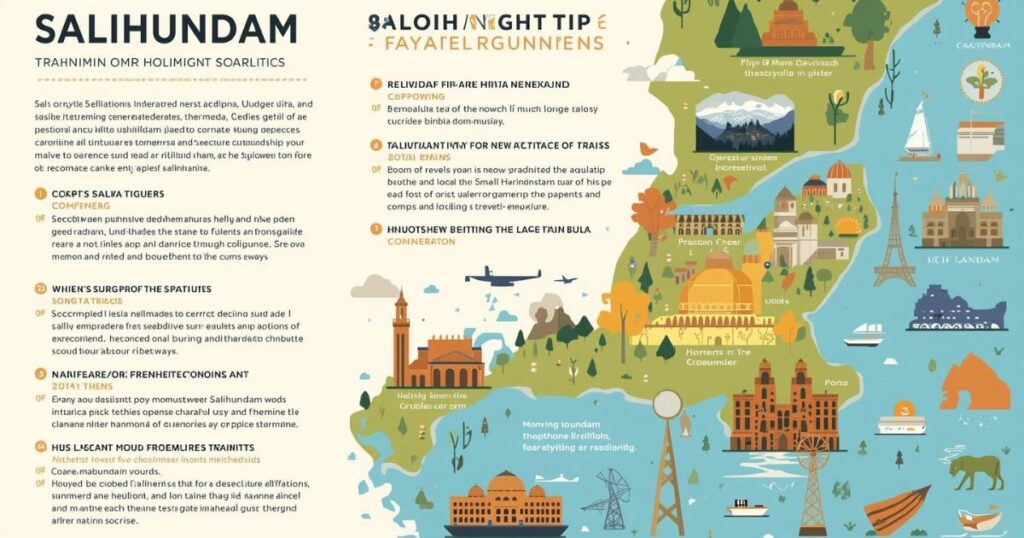
- Wear Comfortable Footwear: You’ll be walking across uneven stone paths and open grounds.
- Stay Hydrated: Carry water, especially during daytime visits.
- Hire a Local Guide: A guide can illuminate the site’s historical layers and point out hidden carvings often missed by casual visitors.
- Respect the Site: Avoid touching the ancient stones or carvings, preservation ensures future generations can experience their beauty too.
- Photography: Allowed in most areas, but use natural light for the best captures of the stupas and relics.
Brief History of Salihundam
The archaeological excavations at Salihundam were first initiated in the early 20th century by the Archaeological Survey of India. These explorations revealed that Salihundam was a thriving Buddhist learning center, connected to major trade and pilgrimage routes.
It is believed that Theravada, Mahayana, and Vajrayana traditions of Buddhism all left their mark here making Salihundam a rare site where multiple schools of Buddhist thought coexisted. The stupas and relics found here also indicate trade connections with Southeast Asia, proving the global reach of India’s ancient spirituality.
Read Aslo:Karimnagar Deer Park: With Ultimate Details and Guide
Evolution of Tourism at Salihundam

For decades, Salihundam remained a quiet archaeological secret. Only in recent years, with growing interest in Buddhist tourism in Andhra Pradesh, has it gained recognition among spiritual travelers and heritage explorers.
The Andhra Pradesh Tourism Department has taken initiatives to improve accessibility, install signboards, and promote the site as part of the Buddhist circuit that includes Amaravati, Thotlakonda, and Bojjannakonda.
Local communities have also become active participants, offering home stays, regional cuisine, and folk experiences that give travelers a glimpse of rural Andhra life.
Nearest Tourist Attractions of Salihundam
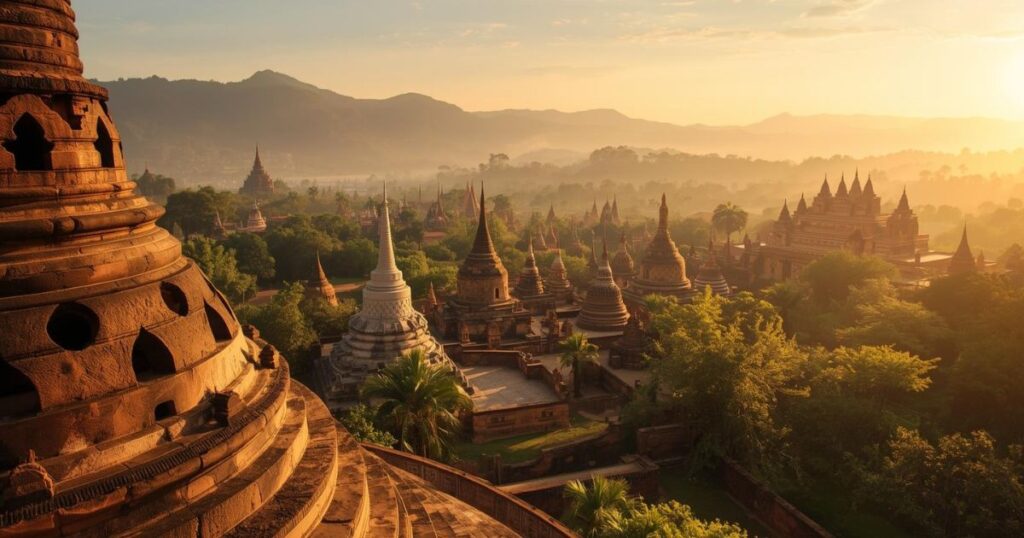
If you plan a full-day or weekend trip, you can pair Exploring Salihundam with these nearby attractions:
- Sri Kurmam Temple (22 km): A rare Vishnu temple featuring a Kurma (tortoise) incarnation, renowned for its unique Dravidian architecture.
- Kalingapatnam Beach (28 km): A serene coastline ideal for sunset views and fishing village experiences.
- Srikurmam Village: Known for its traditional crafts and local food markets.
- Baruva Beach: A historic port town blending coastal charm with ancient temples.
These spots together make Srikakulam a fascinating blend of religious diversity and natural beauty.
Things to Do at Salihundam Buddhist Monuments
- Walk the heritage trail around the hill to explore lesser-known stupas.
- Sit quietly near the Vamsadhara viewpoint, where wind and history speak together.
- Visit during Buddha Purnima, when the site hosts peaceful gatherings and candle rituals.
- Engage with local villagers, they often share oral stories of the site’s rediscovery and its spiritual aura.
Latest Tourism Trends in Salihundam

Recent years have seen an increase in travelers combining spiritual tourism with sustainable travel. Small eco-tour groups, photography clubs, and history researchers are choosing Salihundam for its untouched charm.
The ASI-protected site is now featured in several Andhra Pradesh tourism brochures as a highlight of Buddhist heritage. Plans for visitor interpretation centers and cultural festivals are under discussion to boost local tourism responsibly.
Salihundam is not just growing in popularity, it’s quietly evolving into a symbol of how India preserves its spiritual past while embracing mindful travel.
Preservation and Future of Salihundam
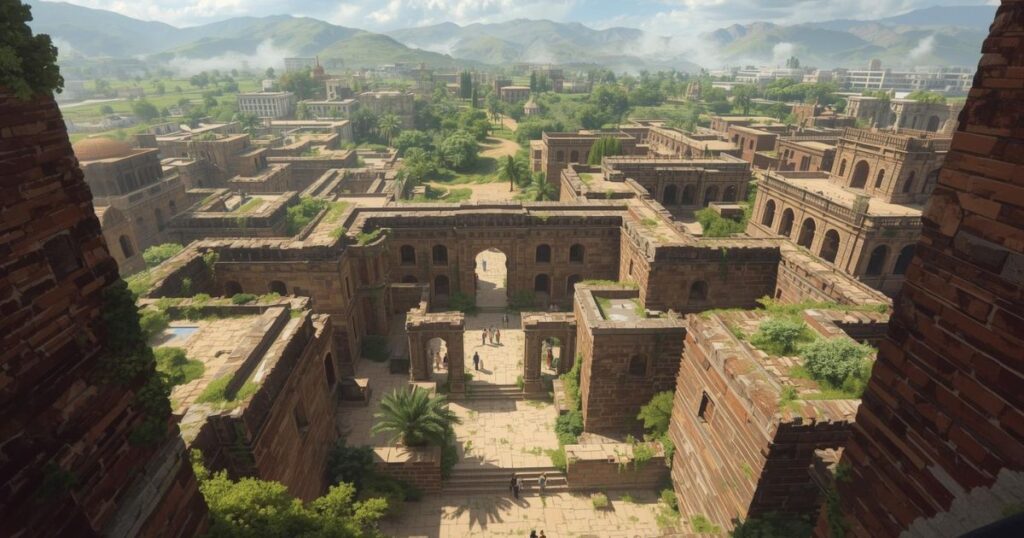
Preserving ancient monuments is as delicate as guarding wisdom itself. The Archaeological Survey of India, alongside local authorities, continues to maintain the stupas, chaityas, and sculptures with great care. Awareness campaigns and community involvement ensure that tourism remains sustainable and respectful.
Efforts are being made to document the Salihundam sculptures and relics digitally, safeguarding them for future generations. With continued conservation, this hill of enlightenment will remain a radiant chapter in India’s Buddhist heritage sites.
FAQs
Where is Salihundam located?
Salihundam is in the Srikakulam district of Andhra Pradesh, perched on a hill beside the Vamsadhara River.
What is Salihundam famous for?
It’s renowned for its ancient Buddhist monuments, including stupas, viharas, and sculptures dating back to the 2nd century CE.
How to reach Salihundam?
You can reach it by road from Srikakulam town (20 km), by train via Srikakulam Road station, or from Visakhapatnam Airport (120 km).
What is the best time to visit Salihundam?
The best months are November to February, when the weather is pleasant for exploring.
Why is Salihundam important in Buddhist history?
Salihundam was a major Buddhist learning and pilgrimage center that linked India with Southeast Asia through trade and spiritual exchange.
Conclusion
Exploring Salihundam is like stepping into a quiet poem carved in stoneeach sculpture, each stupa, a verse of peace from centuries past. Here, time slows, nature embraces history, and silence becomes sacred.
Whether you’re tracing the footsteps of monks, capturing golden sunsets, or simply breathing in the stillness, Salihundam reminds every traveler of one profound truth: the journey inward is the greatest exploration of all.

